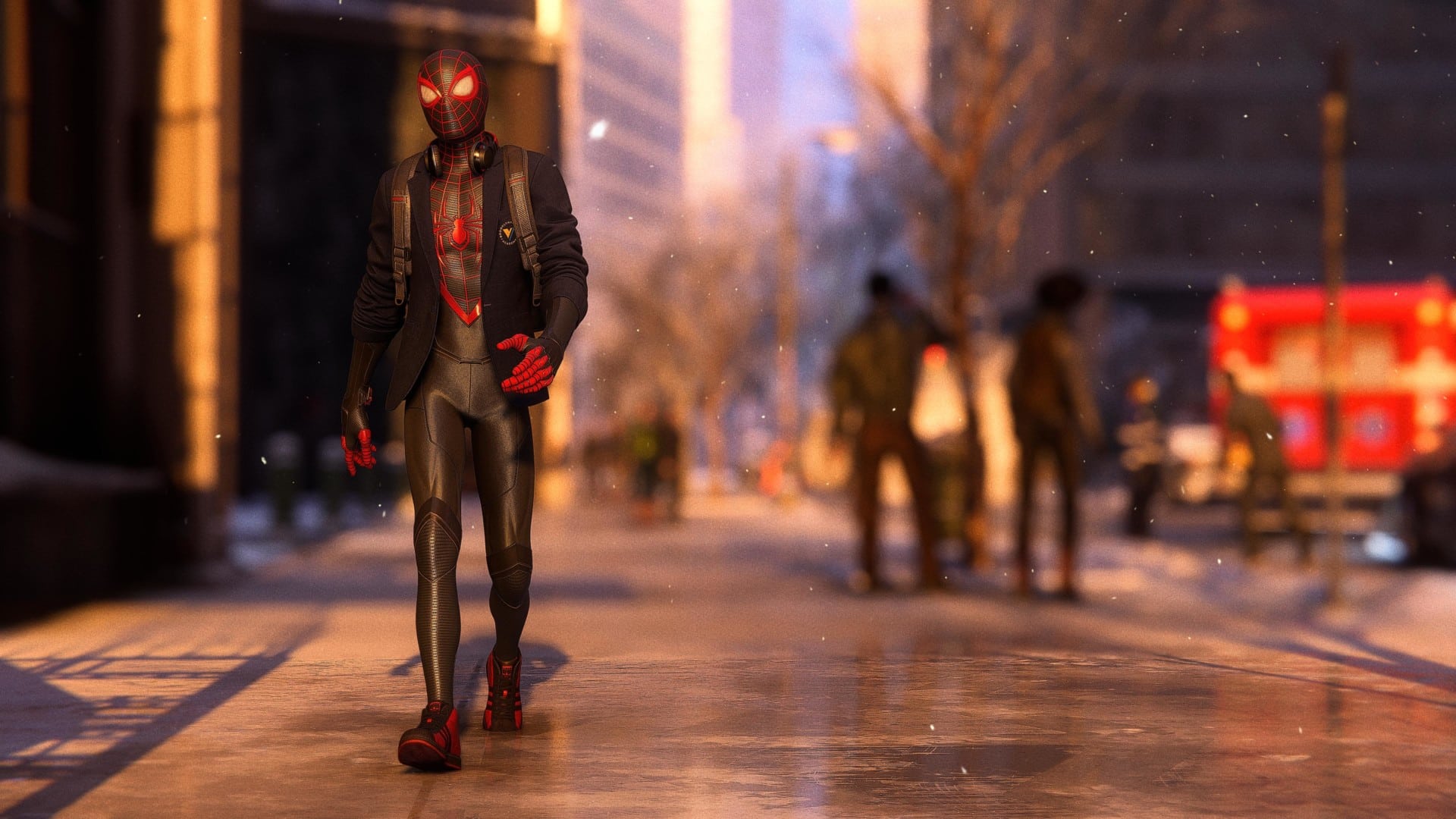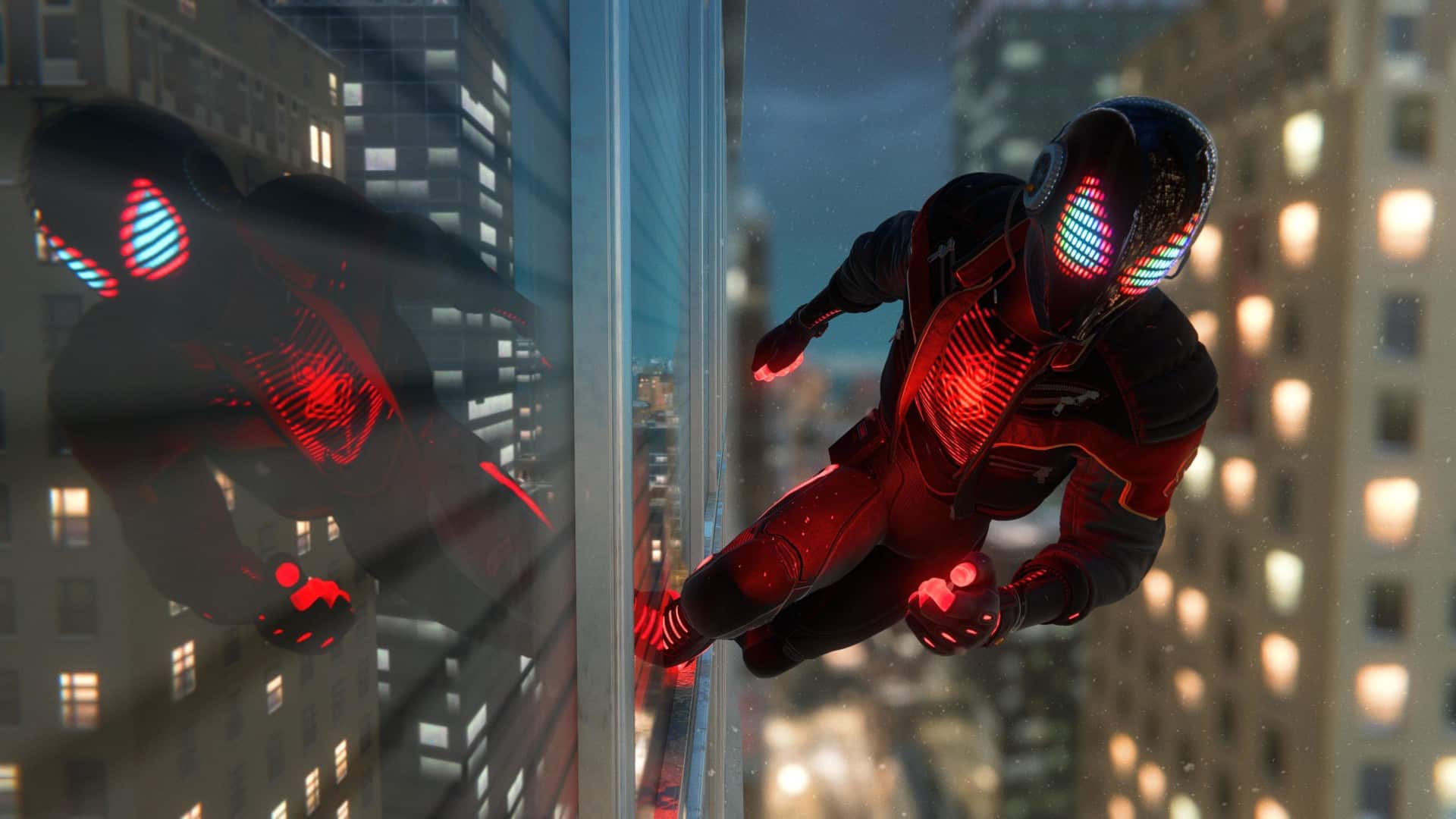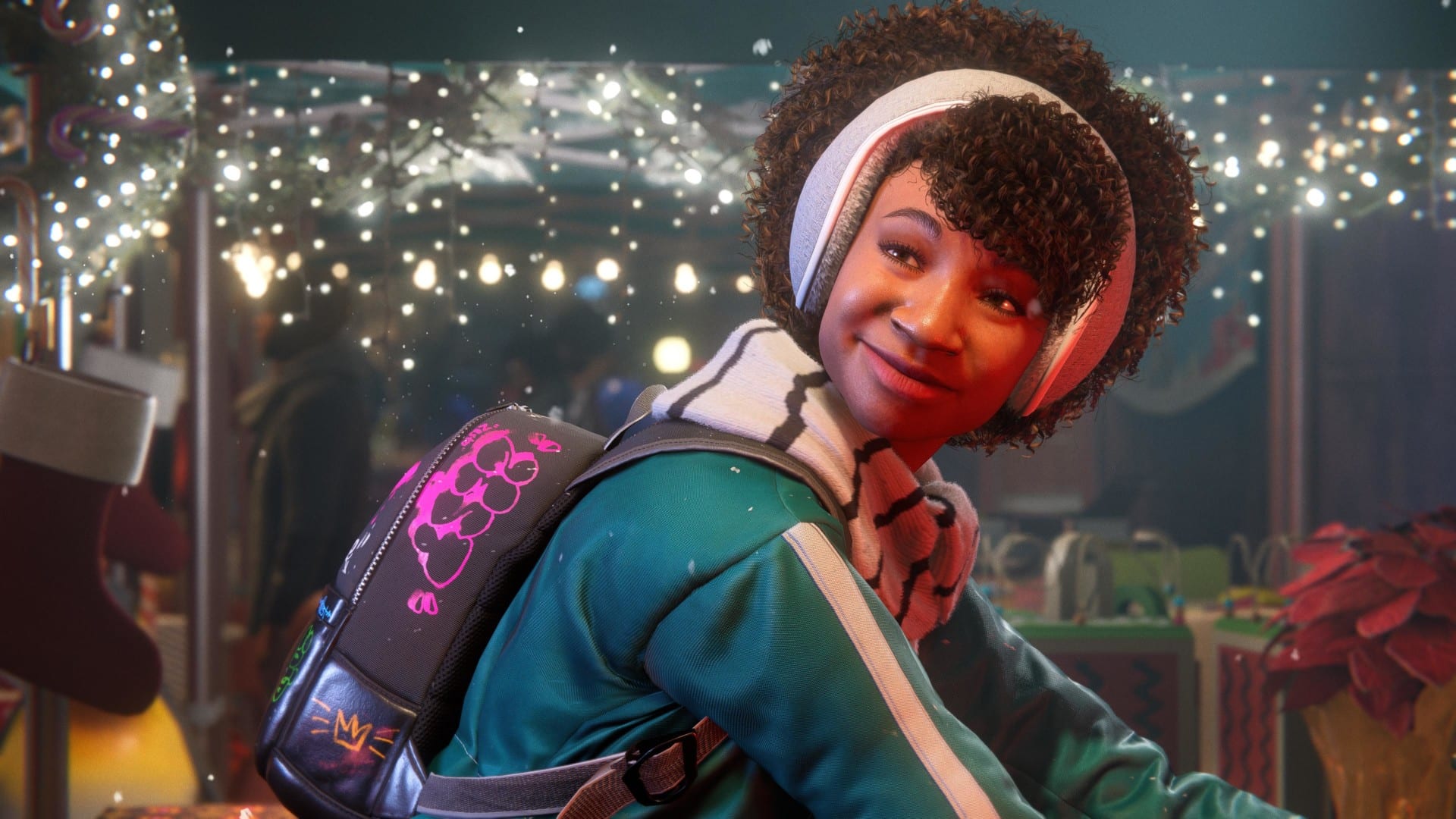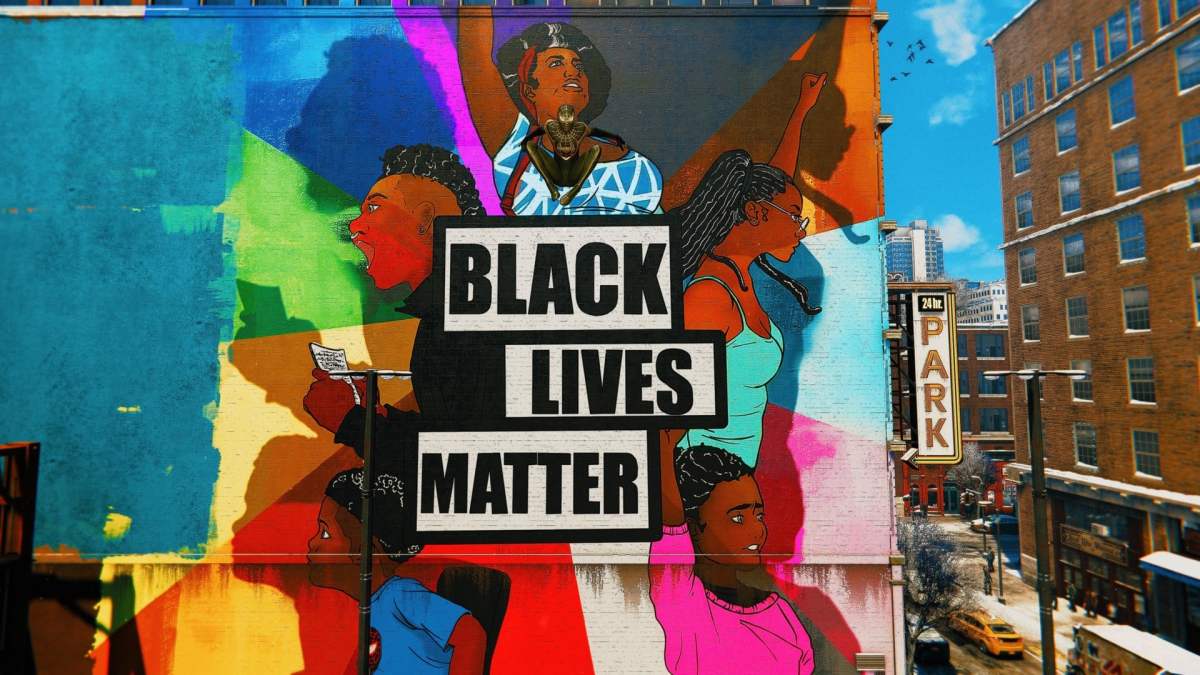Peter Parker’s Spider-Man game and Miles Morales’ Spider-Man game take place in very different cities. Both are set in New York City in Manhattan, both allow you to swing your way through the entire island, and aside from a few in-universe exceptions like the Avengers Tower, both are modeled off the real Manhattan. But that’s where the similarities end.
You could say Peter lives in the New York of a young white man and Miles lives in the New York of a Black teenager, but the truth is more complicated than that. Peter lives in an idealized New York, one where New Yorkers are all kind-hearted rough diamonds and good wins and evil loses. It’s the New York from Elf, Coming to America, and Tobey Maguire’s first Spider-Man movie. A New York that’s never heard of Bernie Goetz.
Miles Morales doesn’t live in the New York that could be or the New York that should be. He lives in the New York that is.
Peter swings across the whole of New York, only interacting with major characters preestablished in the Spider-Man canon. But while Miles is just as free to roam down to the Financial District, most of the story’s beats happen in Harlem. This allows the game to zoom in on the smaller, more meaningful stories. Miles is all about retrieving lost cats, helping Black-owned businesses stay afloat, and pitching in around the neighborhood. The sense of setting in Peter’s game comes from the recognizable landmarks, but in Miles’ it comes from Harlem’s soul.

The Black Experience Is Black and Serious
We still have disproportionately few Black protagonists in mainstream gaming. Had Insomniac Games just made another Peter Parker-style game, but with Black Miles in the lead, it probably would have been lauded for it. But Insomniac has gone above and beyond. Where Peter’s tagline was “Be Greater,” Miles’ game shipped with “Be Greater. Be Yourself,” and the game fully embraces his experiences.
Spider-Man: Miles Morales isn’t just a game with a Black lead; it’s a game that leads with Blackness. Miles spends proportionately far more time as Miles than Peter did as Peter, and we see the Black experience through how Miles talks to his friends and his family and how Harlem begins to acknowledge him as “our Spider-Man.” His closeness with his uncle especially gives an insight into this.
Miles is not just Black though; he’s also Latino, with a Puerto Rican mother. This side of his heritage is welcomed by the game too, with Puerto Rican flags around his home, several conversations in Spanish with his mother, and the fact his mother gets considerable spotlight of her own. Above this dual identity though, Miles is also given space to be a teenager. He’s not a caricature of Blackness or his Latin side. He’s allowed to be a dweeb, allowed to care too much about video games, allowed to be smart, and allowed to be sad when he falls out of touch with his friends.

It Takes a Village (Well, Harlem)
In Peter’s game, a not-yet-spider-powered Miles and a taser-armed MJ are playable characters in a handful of select stealth missions, while Miles’ game only lets you play as him. Despite this, it feels like the supporting cast is a more major part of Miles’ story, and this all ties into Harlem becoming a central character and Spider-Man: Miles Morales putting diversity at the forefront.
Ganke is a much more relatable voice in your ear than Yuri, and because this is a game about Harlem rather than larger Manhattan, the supporting cast get a stronger spotlight. For example, Miles’ mother Rio is running for office, and she is her own kind of hero, both as a single mother and as a soon-to-be elected official. It’s through her eyes that we really see the plight of Harlem, the reality of life in the forgotten neighborhoods, forgotten even by Peter Parker.
There’s also Hailey, a street artist who talks to Miles through American Sign Language while she paints her murals. As far as I can tell, this is the first ever instance of ASL featuring so prominently in a mainstream big-budget video game, and much like Miles being a Black lead, if Insomniac had just left it there, it would already be a huge win for representation.
True to form though, Insomniac decided to Be Greater. Hailey is a rounded, fleshed out character, and through her signed conversations with Miles, we see her personality begin to emerge. Considering they’re communicating in a language most players won’t be familiar with, it’s amazing how much chemistry she and Miles build. It’s clear he develops a bit of a crush on her too, which is incredibly cute. It’s also important that Hailey is never othered as “the deaf girl” but instead called “the artist,” or simply “Hailey.”

You Mess with One of Us, You Mess with All of Us
This focus on Harlem and the diverse characters who live there makes the ending more powerful. We see Harlem united behind Miles and, in turn, Miles putting himself on the line for Harlem. If Miles doesn’t intervene, either the Tinkerer blows up the Roxxon plant, or it explodes on its own because of its instability. Either way, the victims are the poorest New Yorkers, the mostly Black population up in Harlem. It’s a tragedy, sure, but if it happened in real life, it’s hard to imagine a factory accident in the projects getting much press coverage compared to if it had been an explosion on the Upper East Side.
While Peter lives in an imagined New York where everyone looks out for each other, Miles lives in the real deal. He and his mother give a voice to the downtrodden, Miles gives the forgotten a hero of their own, and as the game elevates diversity, it gives a much stronger picture of New York togetherness than Peter’s “I Heart NY” version of the city.






Published: Jan 21, 2021 01:02 pm